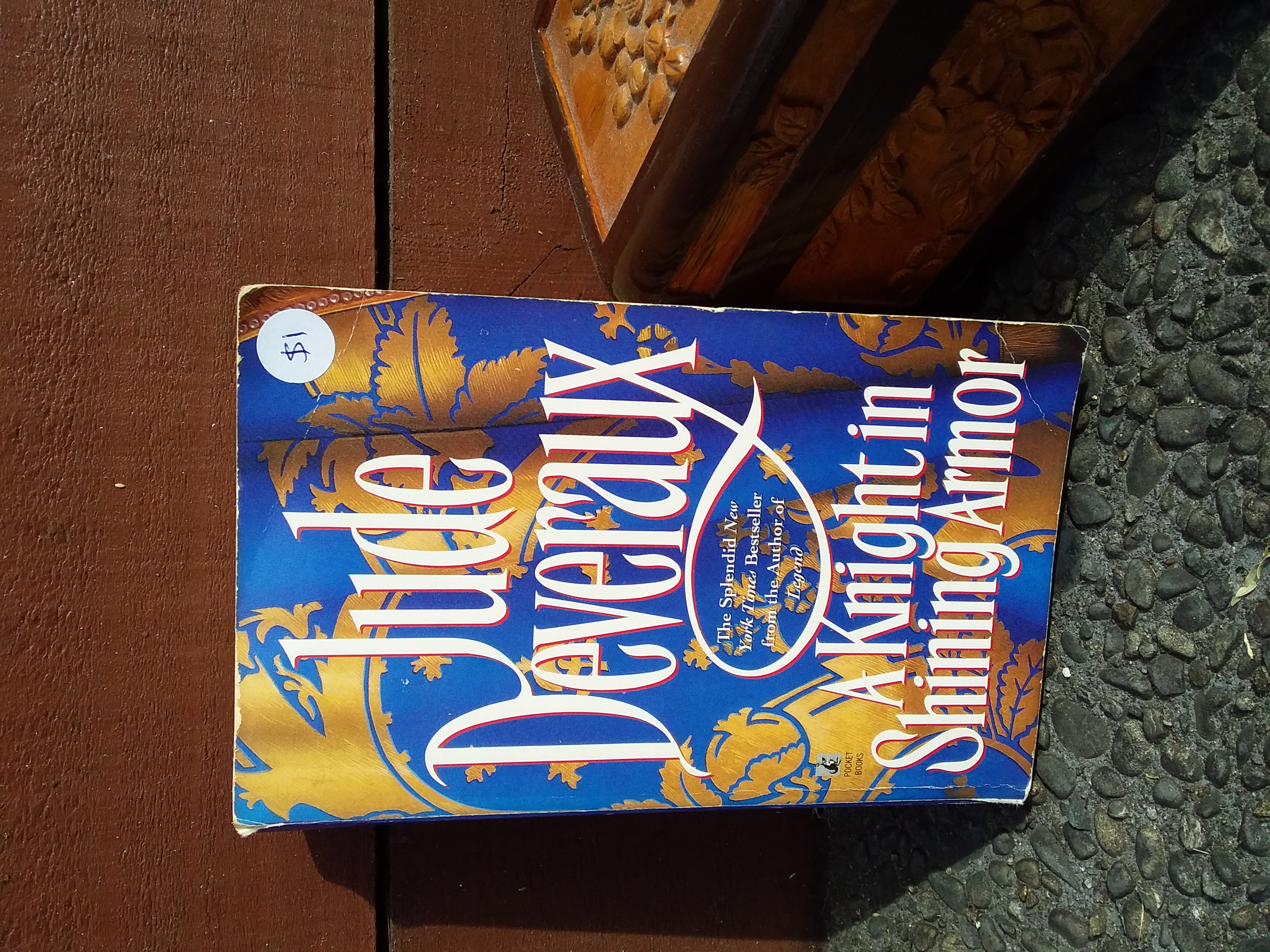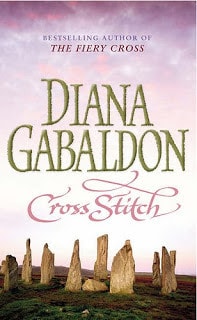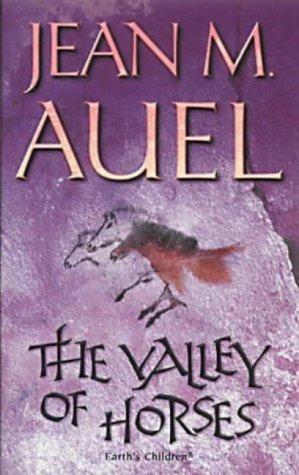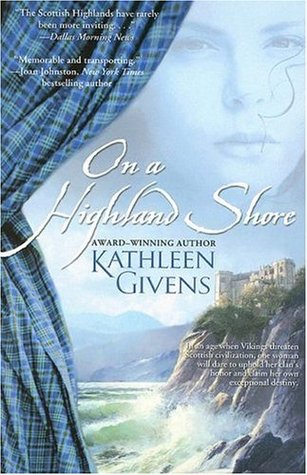Review of White Rose Rebel, historical fiction by Janet Paisley set in 18th century Scotland

This post may contain affiliate links, which means I may receive a commission, at no extra cost to you, if you make a purchase through a link. Please see our full disclosure for further information.
Synopsis
Anne Farquharson, lady McIntosh, is a staunch Jacobite. When her husband, Aeneas, is forced to join the government forces to put down the ’45 rising, she raises the men of the clan herself. Throughout the conflict Anne and Aeneas constantly find themselves coming up against each other.
Following the end of the rising at Culloden, Anne is given to Aeneas as a virtual prisoner. Together, they must rebuild their relationship and come to terms with the end of Scottish culture. Meanwhile, Anne does all in her power to secure the freedom of those Jacobite supporters who are being kept prisoner. Aeneas tries to help her but must maintain the appearance of supporting the crown and keeping Anne controlled.
Review
White Rose Rebel is a well-researched book, told primarily from a woman’s point of view. Three aspects of the major characters’ lives (war, politics, and love) are beautifully woven together to create an emotional adventure. The love triangle between Aeneas, Anne, and MacGillivray is realistic and heart-breaking.
I loved how the English were portrayed as barbarians while the Scottish were forward thinking and civilised, particularly in how they treat their women. It was an interesting look at what makes a culture civilised (such as equality) and the English inclination to conquer and “civilise” everyone else.
Meg went to the woman’s horse, running her hands expertly over its back leg. The man stirred in his saddle, clearly uncomfortable.
“Move, Helen,” he insisted. “These northern tribes are savages.”
As Cath arrived beside them, Meg looked up from her examination of the horse. “Tha e crùbach,” she said, in her own Gaelic tongue. “It’s lame.”
Anne grabbed hold of the bridle on the man’s mount.
“Among savages,” she said, “wives don’t walk while husbands ride.”
I liked how the story continued well past Culloden. Many books in this kind of setting use Culloden as either a starting or ending point. It was nice to see how such a major event changed things. That being said, I’m a tad disappointed that neither Anne nor Aeneas was actually at Culloden during the battle.
The very end of the story felt a bit rushed. Even though Anne and Aeneas had been becoming closer to each other again after Culloden, and they did magnificently at the Duke of Cumberland’s ball (such a fantastic scene), their final reconciliation happens a bit suddenly.
Conclusion
Have you read White Rose Rebel? What did you think? Do you agree with what I’ve said about it? Let me know in the comments.













